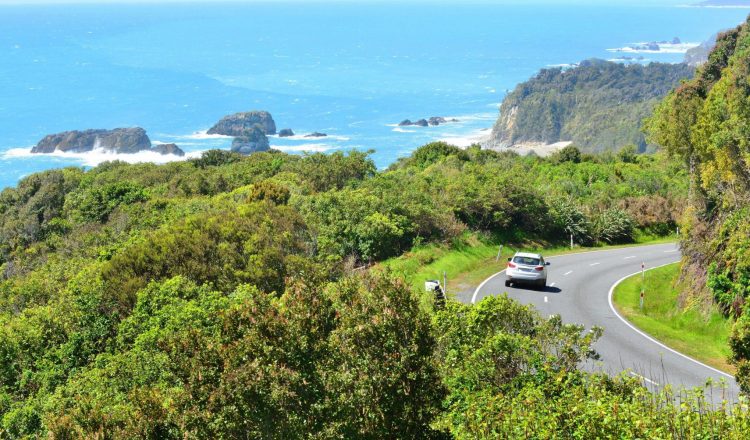속도
근래 뉴질랜드에서 가장 큰 도로 안전 문제는 속도입니다. 주행 속도가 너무 빠르기 때문입니다.
속도는 모든 충돌사고와 연관이 있습니다. 속도가 충돌을 유발하는 요인이 될 수 있고 충돌로 인한 피해에 직접적인 영향을 미칩니다. 충돌 통계를 보면 습한 날씨와 같은 외부 조건들이 얼마나 도로 위험을 증가시킬 수 있는지 사람들은 잘 인식하지 못합니다.
제한 속도 안전 주행
많은 운전자들이 제한속도로 주행해야 한다는 것을 알지 못한 채 위험하게 운전합니다. 제한 속도는 완벽한 외부 조건에서 도로를 주행할 수 있는 법정 최고 속도입니다. 하지만 도로 상황이 좋은 경우는 드물며 교통, 도로, 기상 상황에 주의하고 변화에 맞춰 속도를 줄여야 합니다.
속도 조절
속도를 줄여야 할 교통 상황은 다음과 같습니다.
- 교통량이 많을 때
- 보행자, 조깅 및 자전거 타는 사람이 있을 때
- 도로가 바쁜 있는 휴가철
- 주차된 자동차가 있을 때
도로 상황
다음과 같은 도로 상황일 때 감속하세요.
- 도로가 울퉁불퉁하거나 좁은 지역
- 젖은 구간, 얼음, 자갈 노면
- 급격한 커브길, 미끄러운 표면과 같은 위험 경고 표지판이 보일 때
기상 조건
다음과 같은 기상 조건일 때 감속하세요.
- 비, 눈, 얼음
- 바람
- 안개
- 강한 햇빛
속도가 도로 안전에 미치는 영향
속도가 빠를수록 충돌 확률이 높아집니다. 속도가 빨라질수록:
- 제동 거리 증가
- 예기치 못한 도로 상황에 가속도가 붙을 가능성 증대
- 다른 운전자가 주행 속도를 잘못 판단할 가능성 증가
과속 여부에 관계없이 충돌로 인한 부상의 심각도는 충돌의 원인은 차량의 충격 속도와 직접적인 관련이 있습니다.
과속 차량 충돌 시
차량이 충돌하면 급격한 속도 변화를 일으킵니다. 그러나 탑승자는 안전 벨트 또는 에어백에 의해 보호될 때까지 차량 속도로 계속 이동합니다.
인체는 빠른 속도로 물체에 부딪히도록 설계되지 않았으며, 속도가 빠를수록 더 심각한 부상을 입습니다.
보행자 위험
보행자가 차량에 치일 경우 부상의 심각도는 충돌 속도와 관련이 있습니다. 충돌 속도가 높아질수록 보행자의 사망확률도 높아져 시속 30~40km일 때 약 2배, 시속 40~50km일 때 2배 더 증가한다. 노약자나 어린아이 등과 같은 보행자는 그 위험도가 더욱 높습니다.
과속카메라에 대한 몇 가지 사실
과속 카메라를 설치하면 충돌 횟수가 상당히 줄어듭니다. 1993년 뉴질랜드에 과속 카메라가 도입된 이후 20개월 동안 충돌 데이터를 조사한 결과 도시 내 카메라 설치 구역의 치명적이고 심각한 충돌은 23% 감소했고 시골 지역의 경우 11% 감소했습니다.
과속 카메라는 아주 효율적인 속도 관리 장치인 것은 전세계적으로 입증되었습니다. 카메라 설치 및 운영 비용으로 많은 생명을 구할 수 있으니까요.
과속 카메라들은 사고가 많은 도로에 설치되어 있으며 경찰이 과속 카메라의 위치를 결정할 때 지자체, 교통부 및 지역 AA(New Zealand Automobile Association)와 협의를 거칩니다.

















































